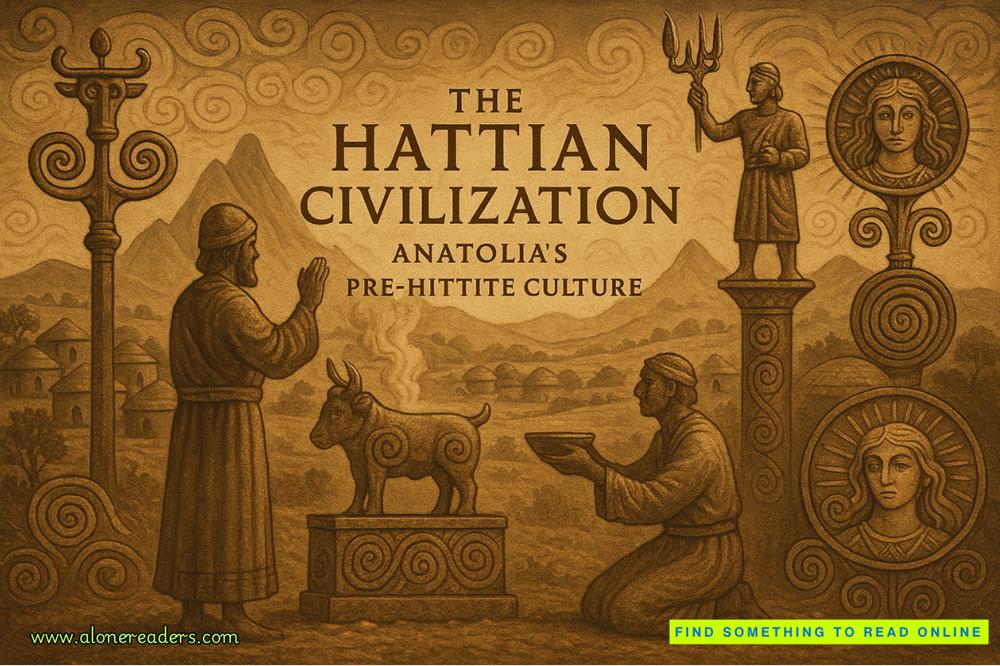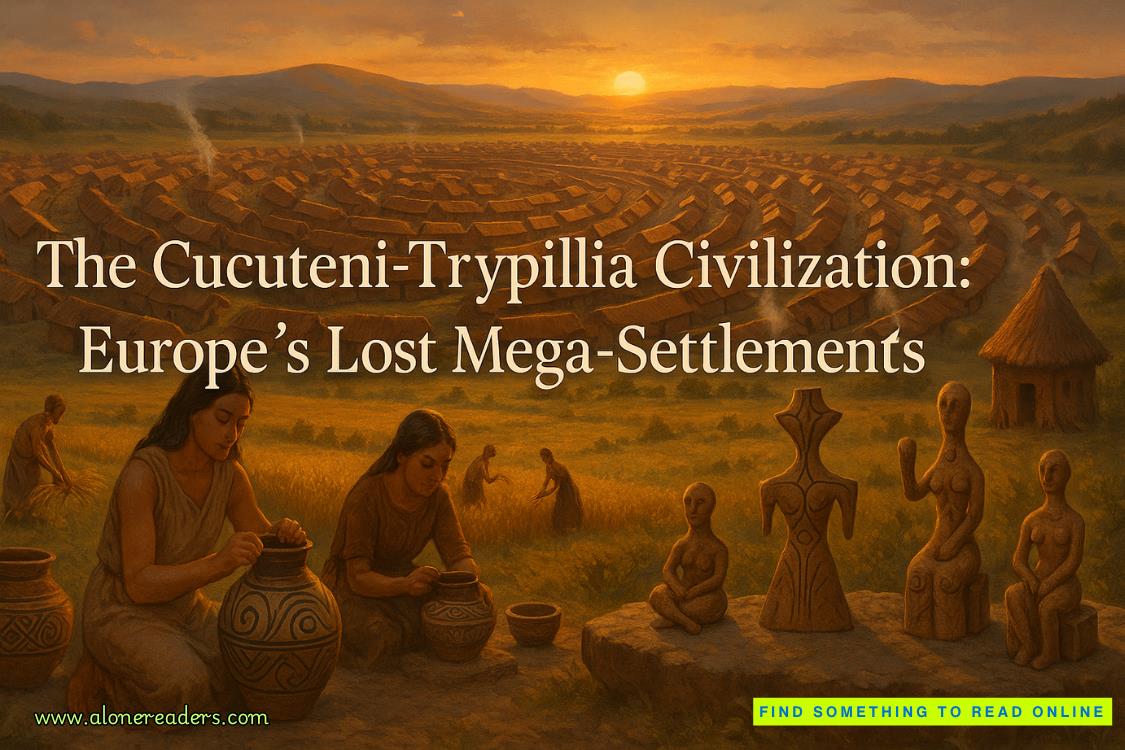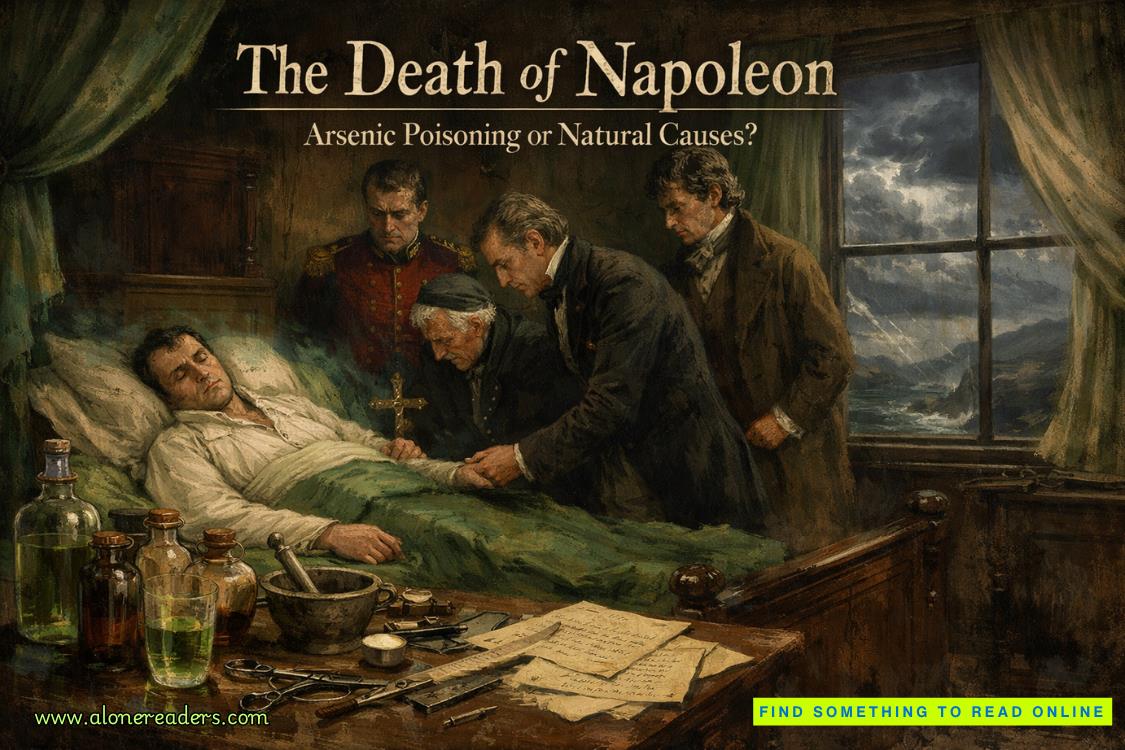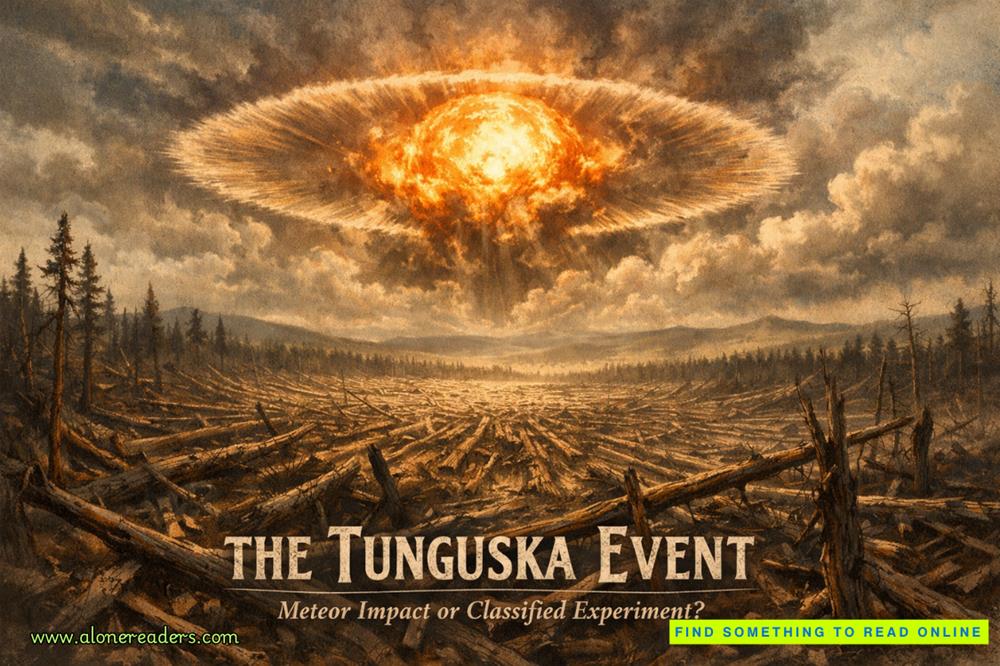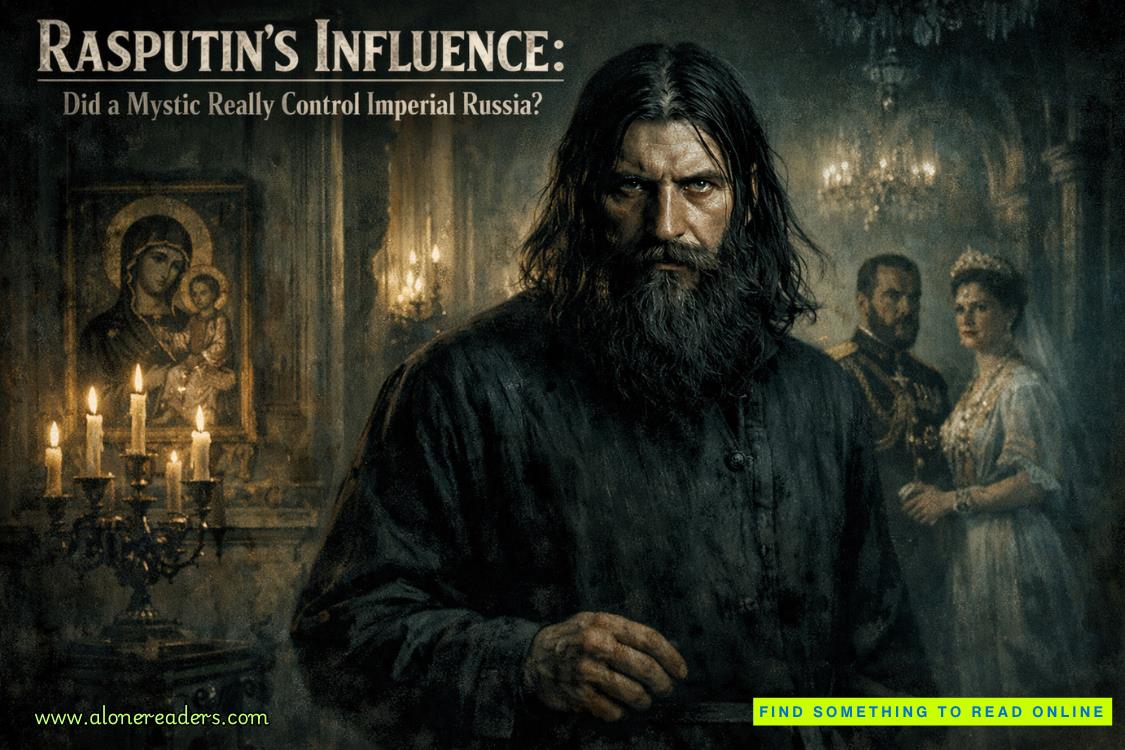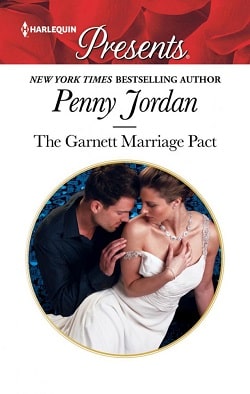IVISITORS FROM UNSEEN REALMS
1.1THE SUPERNATURAL
A marveilous newtrality have these things mathematicall, and also a strange participation between things supernaturall, immortal, and intellectuall, simple and indivisible, and things natural mortall, componded and divisible.
—JOHNDEE, SIXTEENTH CENTURY
Consider for a moment, the Latin root of the wordmonster:monere,to warn. Monstrosity in its essence is another word for a warning. As such, what a society considers monstrous is often both a signal and an outgrowth of its own particular prejudices. But beneath that, can we find deeper roots in the belief in the mythic? And is it possible to perceive a glimmer of the factual and historical within mankind’s persistent attraction to the supernatural?
These were some of the topics of the dissertation I once intended to write. That original manuscript was meant to be the culmination of my graduate research into the history of European witchcraft and folklore. In its finest, most realized form, I imagined the dissertation to be a staid, serious, possibly even modestly significant work that I would eventually publish with a distinguished university press, and which would cement my place in academia. In contrast, this manuscript—the one you are about to read—was originally intended to be no more than apersonal journal, a catalogue of my findings, a space to muse, reflect, and interpret. It has grown into something quite different, and altogether more sinister. As you shall see, the events recorded in this manuscript have rendered any attempts at securing my PhD—much less a normal life—wretchedly moot. But we shall get to all that in time.
At the outset of my dissertation, I wasn’t in the best state of mind. My dog, Kant, had just died, and my boyfriend had just dumped me. He politely asked me to leave the Red Hook apartment we shared, complaining that I was “monomaniacal.” Try putting that one on your Tinder profile. The trouble was, he wasn’t wrong. I had become a little fixated on a recent betrayal, but we’ll get to that in a minute as well. So, finished with my coursework, but still needing to complete my dissertation, and now also in need of a place to live, I found myself at a crossroads. In a stroke of luck, my dear cousin, Paloma, suggested the two of us move into her rich father’s rent-controlled East Village townhouse, and I jumped at the chance. He was away in Europe for the year and had given her the run of the place. Paloma would take the year off to paint, and I would quit my part-time job at ABC Carpet, knock out a few hundred pages of brilliant text, defend the dissertation, and get on the job market. Easy-peasy, right? But the universe had different plans.
First a bit about me, or rather, about the person I thought I was before my “dark night of the soul,” as we are calling it on the internet these days. I was born in Vancouver, Washington, the child of a single mother. No close relatives aside from my uncle and cousin Paloma. I would describe my temperament as bookishly pugnacious, and perhaps not unrelated, I’ve never had a relationship that lasted more than a few months. A therapist once told me that my father’s abrupt departure when I was fivewas to blame for my inability to form healthy romantic attachments. That could be true, but I would also argue that most people are super difficult and prone to calling you “monomaniacal,” and who wants to deal with that shit?
Living at my uncle’s was pretty idyllic at first. Paloma and I fell into a schedule of evening walks through the city, days spent painting and researching, respectively, and quiet nights reading by the stone fireplace.
Dissertations aren’t typically the most enjoyable undertakings, but mine had been especially onerous. I had perhaps been too ambitious at the outset, dead set as I was on delving into a theory called the witch-cult hypothesis. Proposed in the 1920s by anthropologist Margaret Murray, the theory is built around the idea that the Inquisition and European witch hunts in general, instead of just being a misogynistic frenzy, were in fact a concerted effort by the church to eradicate the remains of an ancient fertility cult, most likely centered around the goddess Diana and the god Janus. Either way, innocent women were killed, but Murray’s theory posits that they were killed for practicing an actual organized religion, which, while not witchcraft, was systematized and goddess-focused. Murray’s work was later squarely rejected, and her methods denounced as unscientific. Having examined her work closely, I’d initially found myself in agreement with her detractors, but I’d always held out a distant flicker of hope that there might be something to it—perhaps an academic’s puckish desire to upend my contemporaries’ research, or possibly it was something more primal. The notion of a powerful cabal of women working in concert to undermine the establishment was perhaps a girlhood fantasy of which I’d yet to let go.
And then I hit on something—a correspondence betweenJoan of Arc and Gilles de Rais that had the potential to prove that Murray’s work was worth reconsidering. Suddenly my dissertation went from run-of-the-mill to potentially groundbreaking. This was around the time a student a year ahead of me named Charles Danforth began inviting me out for drinks. It wasn’t long before we were lurching around the city, freshly minted best friends getting along like a house on fire. That time spent at the epicenter of our friendship was perhaps the happiest of my life. I can still see him now, wearing that stupid burgundy knit cap of his, laughing like a hyena as we drank tequila in unmarked bars and searched for used vinyl in hole-in-the-wall shops. I was so stupidly trusting and confident in that friendship that when he eventually suggested collaborating on an article, I showed him everything I’d found—and I mean everything. The next thing I knew, that research (which he willfully misconstrued to bolster his own lackluster argument) had gone directly into his dissertation (which he passed with distinction). We had a horrendous fight, stopped speaking, and before you could sayfool me once, he’d already placed his manuscript with a prestigious academic press and been offered a tenure-track job at a top-tier university. Meanwhile, my career seemed to be over before it even began.
An obsessed sort of depression followed (which certain parties may have unjustifiably referred to asmonomaniacal) during which I considered quitting academia altogether in favor of something less soul-sucking, like cleaning up murder scenes or inserting rusty nails under my fingernails. Thankfully, a woman in my department named Danica Felton pulled me out of it. We weren’t particularly close, but she was smart and funny and drank antiquated cocktails with names likesidecarandlime rickey.When she suggested we drink some together at an oak-paneled bar nearcampus (Dylan Thomas is rumored to have puked there!), I finally got out of my pajamas and left the apartment.
“I’m not saying it doesn’t suck, Robin,” she said after her fourth gin fizz, leaning an unstable elbow on the table. “I’m saying don’t let itdefineyou.”
“I just don’t understand why he did it.” The tears that now hovered perpetually on the surface of my eyes threatened to spring forth. “I thought we were friends.”
“Well, you were wrong,” she said with a flourish of her wrist, her charm bracelet tinkling. “Academics are evil. Don’t let it ruin your career. Get out there and write a better fucking book and make him piss himself with jealousy.”
“But how?” I grumbled into my beer.
“It wasyourresearch that he stole. That should show you that you’re better at this than he is. Do it again. Find what you need, and write a book that will absolutely destroy him.”
Something delicious rippled through my brain. Of course! Vengeance! Why hadn’t I thought of that?
And thus my revenge dissertation was born. Buoyed as it was by rage and a desire to humiliate a freshly minted enemy, the research went quite well until I came up against a loggerhead. The infamous Joan of Arc–Gilles de Rais letter referenced a recipe for a witch’s ointment that contained an herb calledsangdhuppe,which I had thus far been unable to locate in any herbal encyclopedia. I suspected that I needed access to a set of pharmacopoeias that I couldn’t seem to locate digitally or through interlibrary loan. Separately, I also needed to find confirmation of deaths by execution in fifteenth-century Rouen, and was having trouble on that front as well. One of the foundations of the witch-cult theory hinged on Murray’s contention that witch executions tended to take place in sets of thirteen, which just happened to be the number necessaryfor a coven. I had been able to locate some of that raw data, but not enough, and I needed to confirm that Murray’s accounting was accurate.
Until I could find those particulars, I wasn’t able to fully explore that section of the dissertation, but I was still able to make some headway in other areas. Recently I’d been turning my attention to modern ripples of ancient witch hysteria. This was a tough one because it meant keeping up with the news, and it seemed that in recent times, the world had become increasingly violent and unhinged. Murders, brutality, horrifying examples of nearly inhuman depravity—they were everywhere I looked. A few years ago, I could expect to encounter maybe one or two such stories, but now it seemed like every single headline was designed to give me a panic attack. Was the world really getting that much more intolerable?
Mostly these forays into modernity left me empty-handed and exhausted, but now and then I would stumble onto some gold. Every once in a while, some incredibly antiquated-sounding accusation of witchcraft would crop up somewhere. Often it would be in areas that had suffered from witch-hunt troubles in the days of yore—Scotland was a big one—but sometimes it was somewhere closer.
The day everything changed, I was doing some research on recent animal attacks that were attributed to witch-adjacent mythical creatures—vampires, werewolves, and the like—when I’d stumbled onto a recent case in a tiny mountain village in the Rockies. It concerned a young woman named Sabine Étienne who had been mauled beyond recognition by a wild animal—most likely a bear—but whom locals were convinced was the victim of a werewolf attack.
“They’re everywhere here,” a man in the article was quoted assaying. “They breed them up there.” Something about the case intrigued me. Perhaps it was the mention of an ominoustheyand the unspecifiedup therethat drew my attention. A very grainy photograph of the young woman accompanied the article. I couldn’t make out much of her face, but with her chic glasses and long blond tresses, she didn’t exactly look like someone who might be attacked by a werewolf, though I suppose even lycanthropy can be modernized. Intrigued, I flagged the incident as something to circle back to, and for some reason, I mentioned the case to Paloma. I even showed her the photo while she was knitting.
Paloma had seemed uninterested at the time, but later that night, she started acting strange. I was reading in the living room when I saw her slowly shuffling toward the front door. There was something off about it, her movements jerky and erratic. I set my book down, stood up, and called out to her. It sounds like an exaggeration to say the hairs on the back of my neck stood on end, but that’s exactly what happened. Why, I wondered, would my body react with utter terror to seeing my cousin walk toward the front door?
I called out again, but she didn’t respond.
When I caught up to her, I grabbed her arm and she whipped around, the fury in her eyes almost blistering. If you’d asked me before that moment if I’d be able to identify hatred in someone’s eyes, I would have said no, but that day, gazing into Paloma’s absorbingly dark irises, I was certain there was no other emotion it could have been.
I took a step back without even meaning to. “Paloma, are you okay?”
Her eyes bored into me. “I know what you are.”
Because I am conflict avoidant and hadn’t the slightest clue what to do, I laughed and tried to play it off.
“You know what I am?” I joked with forced laughter. “You mean a lazy academic with a bit of a drinking problem?”




